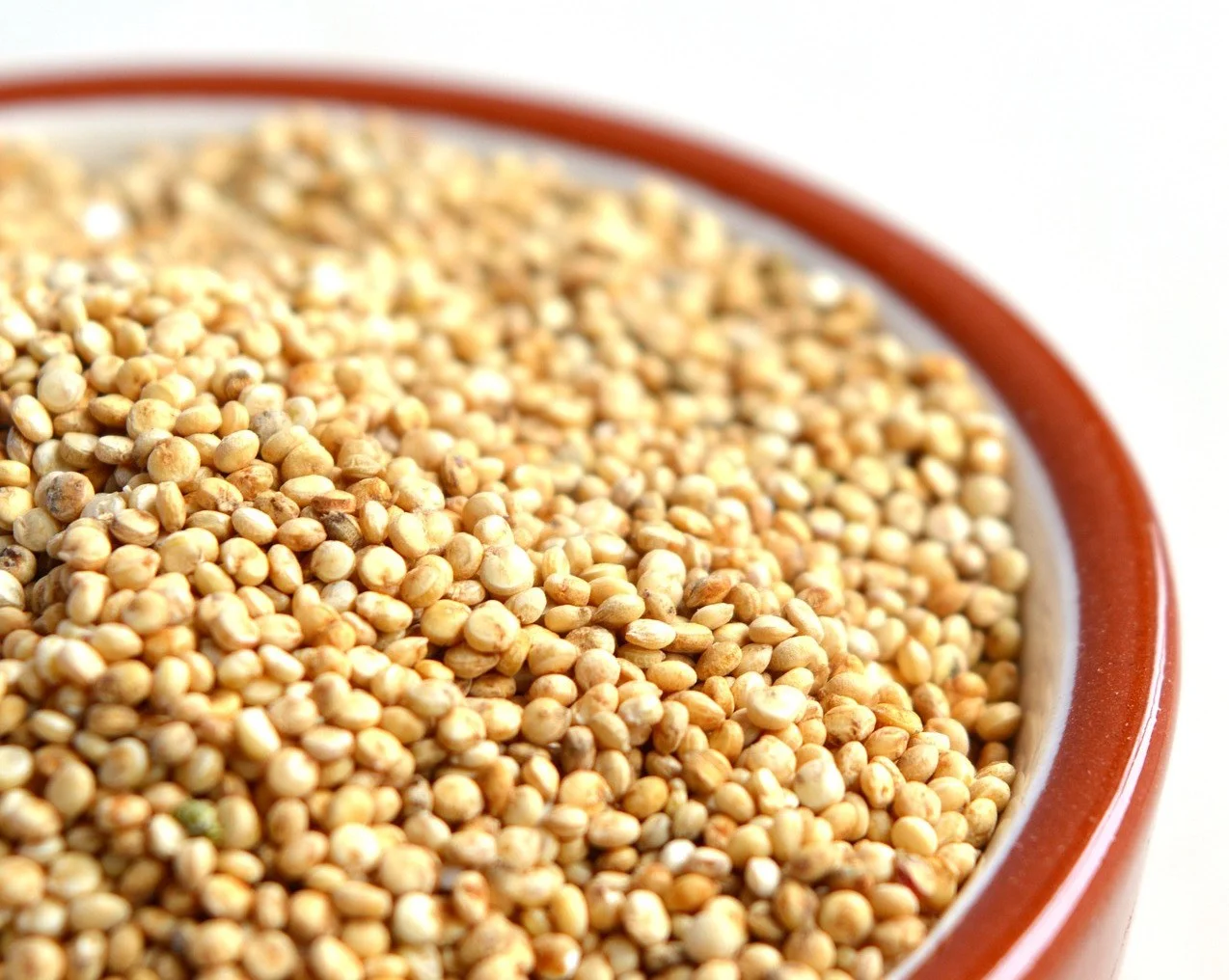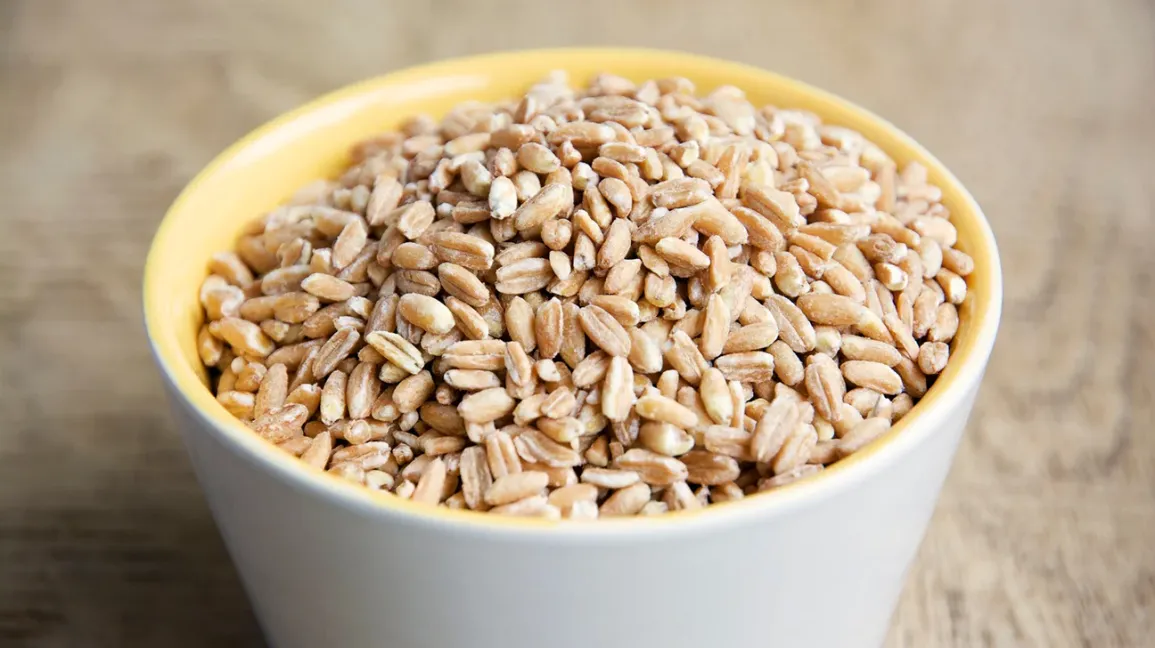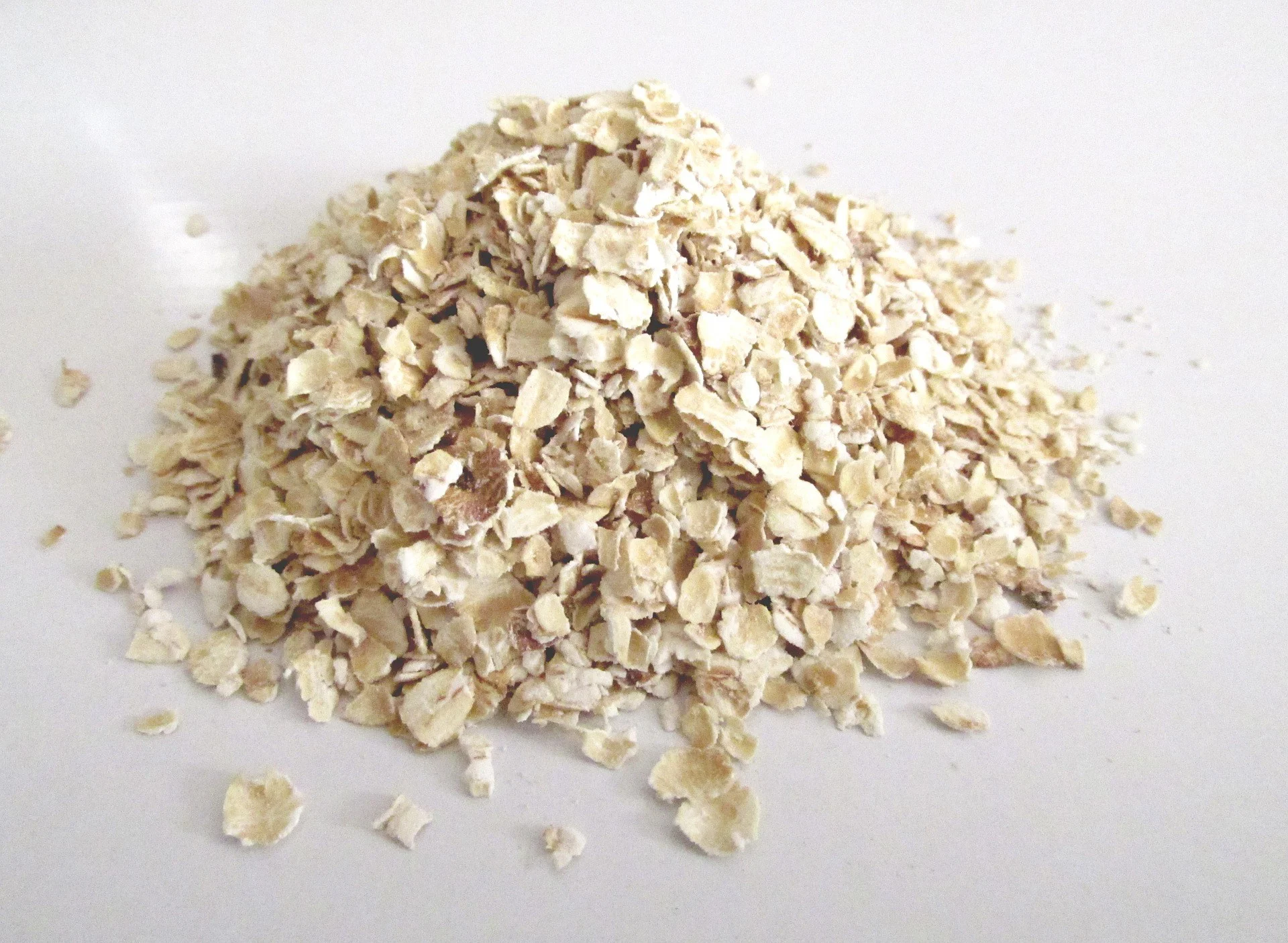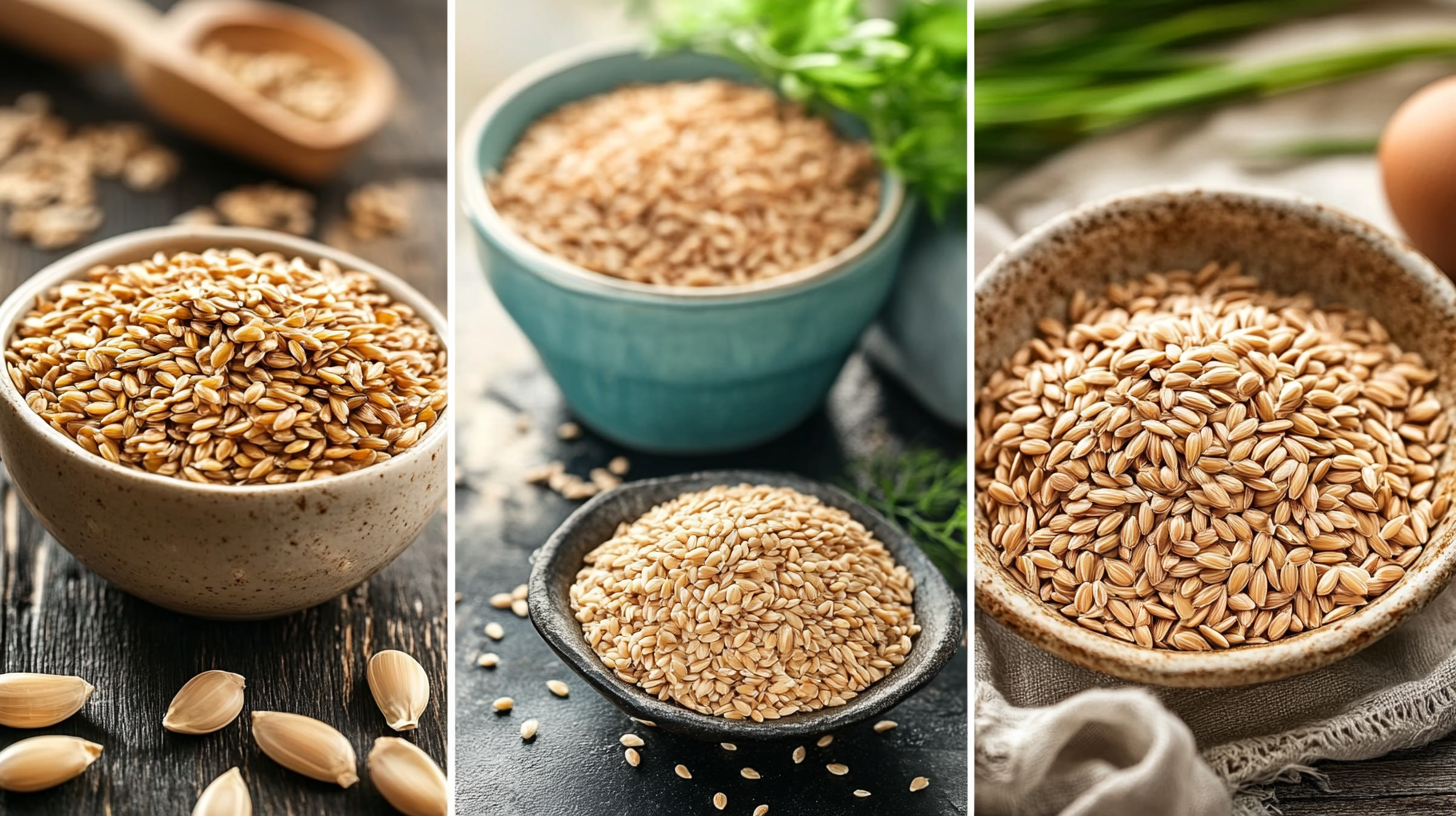
Farro is an ancient grain popular for its nutty flavor and chewy texture.
It is often used in salads, soups, and grain bowls.
However, if you can’t find farro or need a gluten-free alternative, plenty of other grains can serve as excellent substitutes.
From the nutrient-rich Quinoa to the hearty Barley, these 15 alternatives offer diverse flavors and textures while providing the health benefits of whole grains.
Whether you’re gluten-intolerant or simply looking to switch up your grains, this list will help you find the perfect replacement for farro in any recipe.
Best Substitutes for Farro
1. Barley
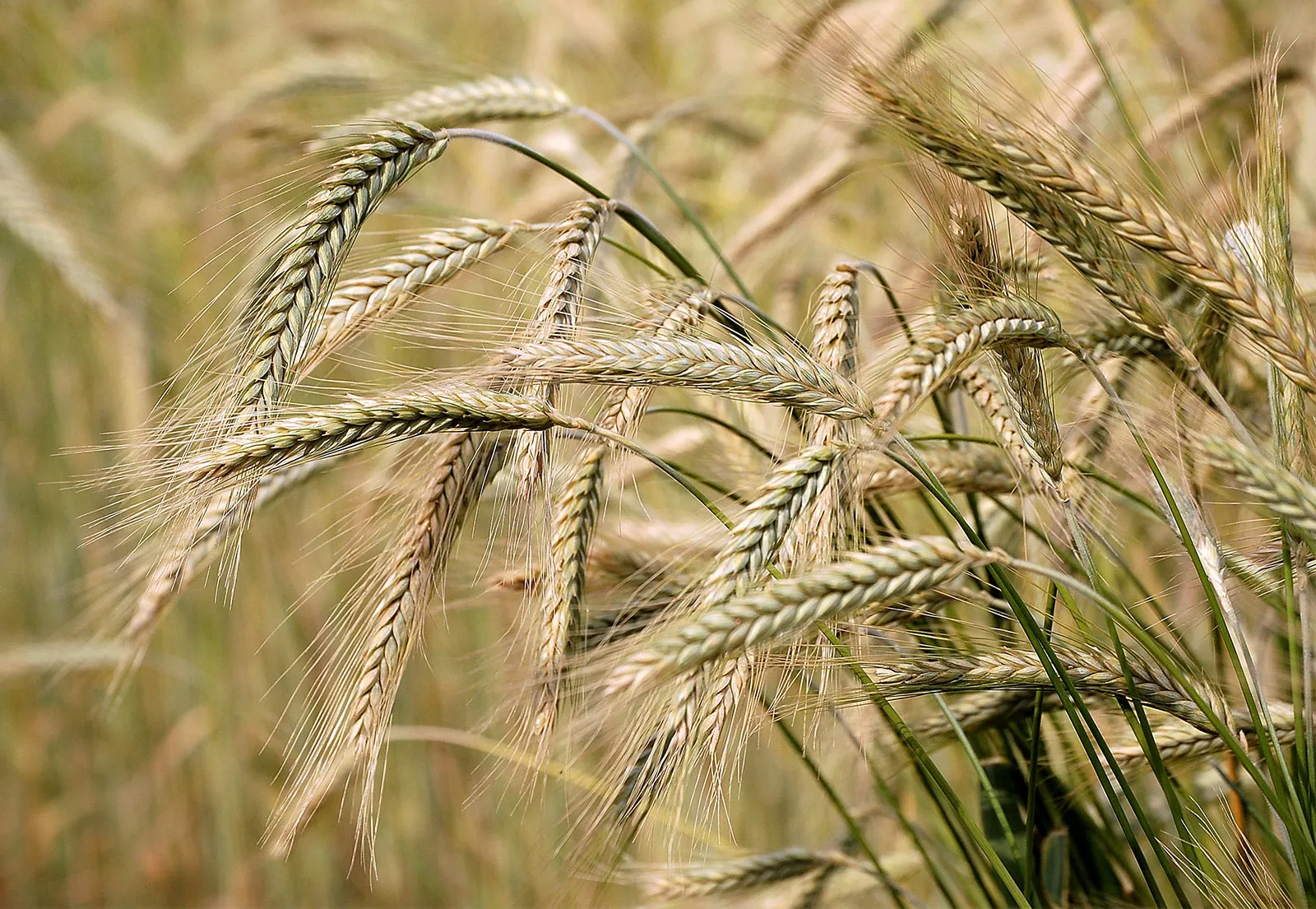
Barley is a hearty grain that closely resembles farro in texture and flavor.
Its chewy bite and nutty taste make it an excellent substitute for farro in soups, salads, and stews.
Like farro, barley is rich in fiber and essential nutrients, making it a healthy meal addition.
- Flavor: Mildly nutty and slightly sweet.
- Best Uses: Soups, salads, grain bowls, and stews.
- Why It’s a Good Substitute: Its chewy texture and flavor profile are similar to farro, making it an easy replacement.
2. Quinoa
Quinoa is a gluten-free grain that provides a lighter texture than farro but still delivers a slight chewiness.
Known for its high protein content, quinoa is a great option for those looking for a nutritious substitute.
It cooks quickly and pairs well with a variety of dishes.
- Flavor: Slightly nutty with a mild taste.
- Best Uses: Salads, grain bowls, side dishes, and soups.
- Why It’s a Good Substitute: Quinoa is protein-rich, cooks quickly, and is gluten-free, making it an excellent option for those with dietary restrictions.
3. Brown Rice
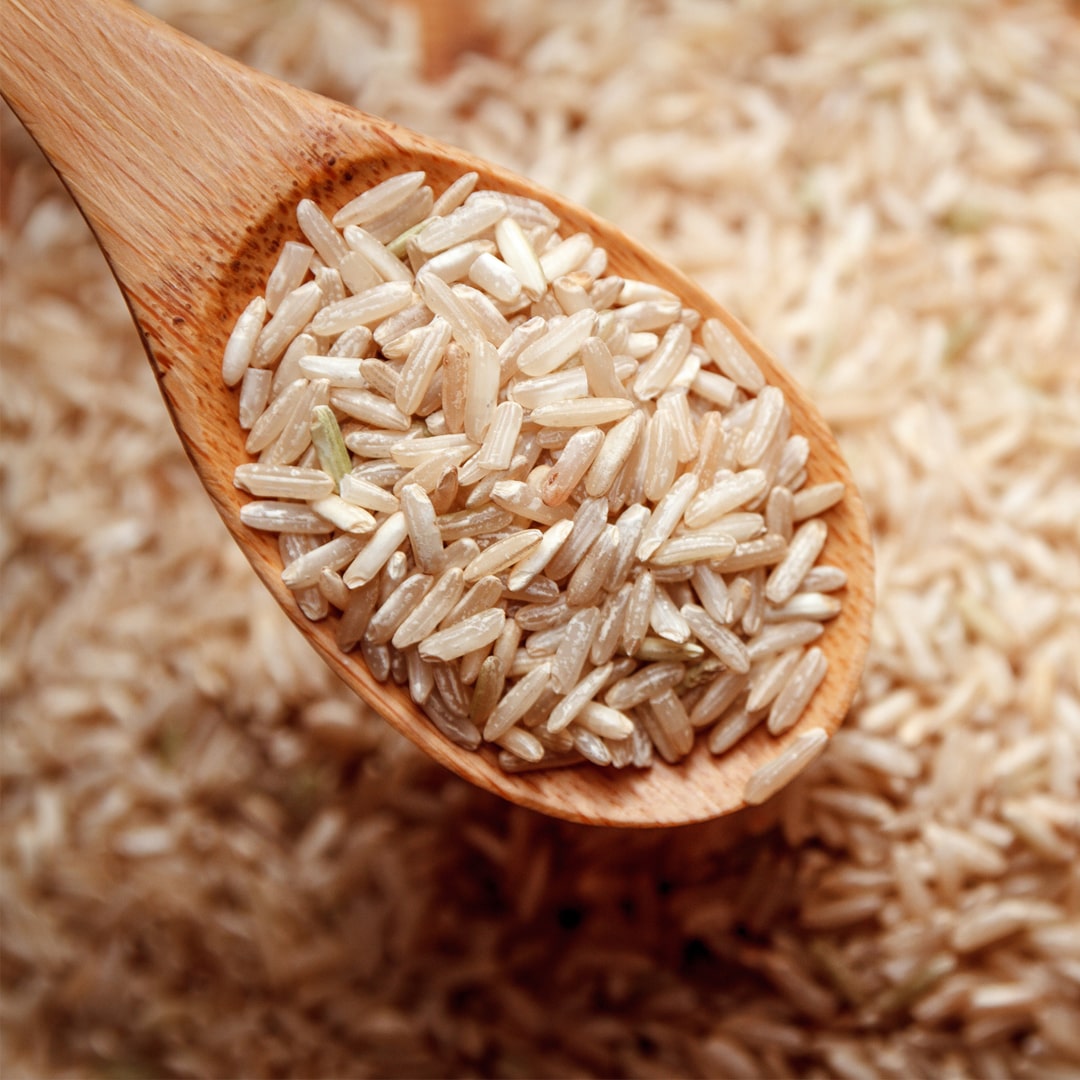
Brown Rice is a whole grain with a chewy texture similar to farro, though it is slightly softer.
Its mild flavor lets it absorb the flavors of the dish it’s cooked in.
Brown rice is also gluten-free and fiber-rich, making it a healthy alternative.
- Flavor: Mild, slightly nutty.
- Best Uses: Side dishes, casseroles, stir-fries, and grain bowls.
- Why It’s a Good Substitute: Its chewy texture and versatility make it an easy replacement in farro recipes, especially for those seeking a gluten-free option.
4. Spelt
Spelt is another ancient grain similar to farro in texture and flavor.
Its slightly sweet, nutty flavor and chewy texture work well in hearty dishes.
Spelt can be used in place of farro in most recipes.
However, since it contains gluten, it’s not suitable for gluten-free diets.
- Flavor: Nutty and slightly sweet.
- Best Uses: Soups, salads, risottos, and grain bowls.
- Why It’s a Good Substitute: Its chewy texture and nutty flavor are almost identical to farro, making it a seamless replacement.
5. Bulgur Wheat
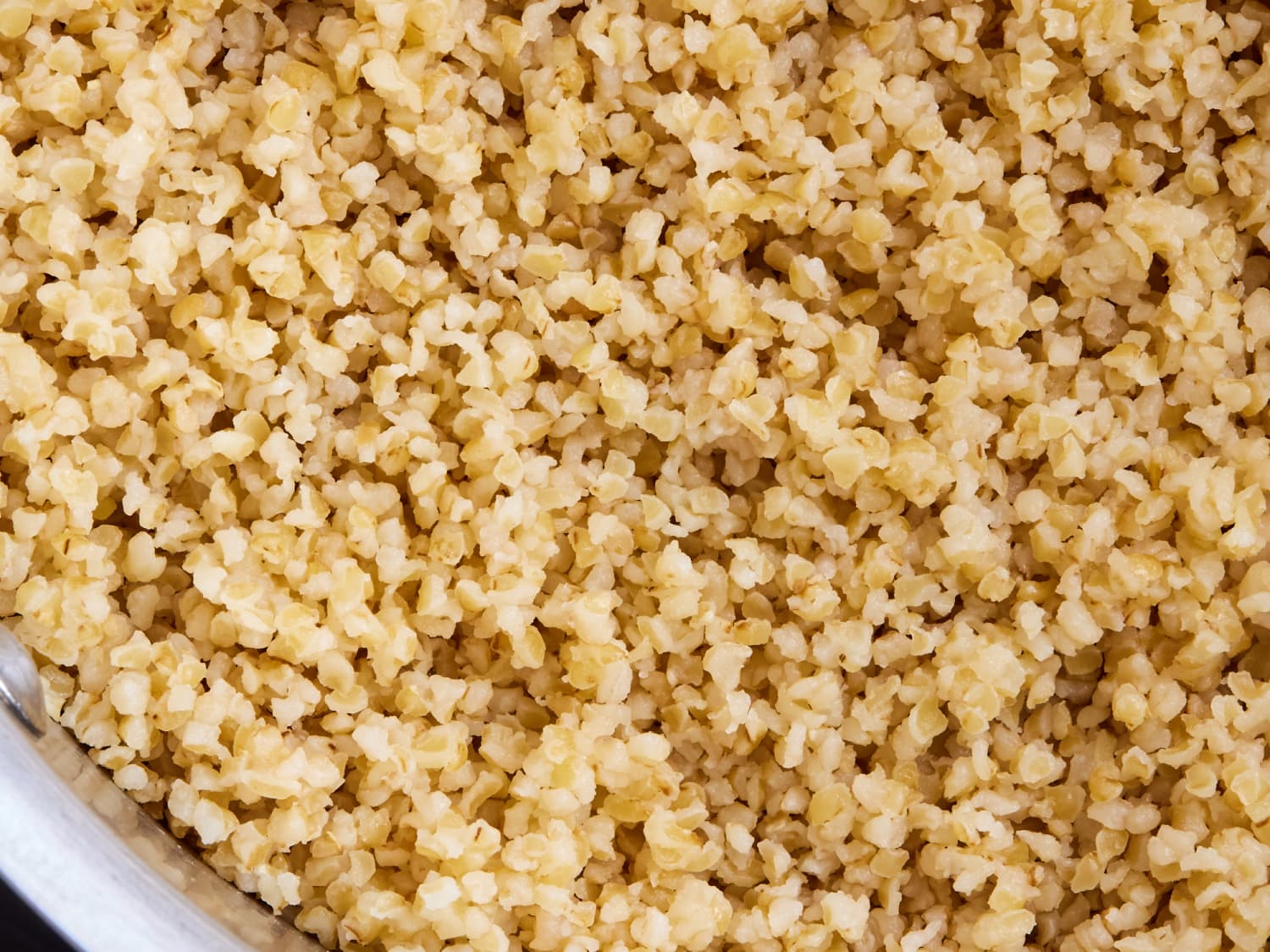
Bulgur Wheat is a quick-cooking grain that offers a slightly softer texture than farro but still holds its shape well in dishes.
It’s commonly used in Middle Eastern cuisine, particularly in salads like tabbouleh.
Bulgur is high in fiber and a nutritious substitute for farro.
- Flavor: Mild and slightly nutty.
- Best Uses: Salads, soups, and pilafs.
- Why It’s a Good Substitute: Its quick-cooking nature and ability to hold its shape make it a great option for replacing farro in salads and side dishes.
6. Couscous
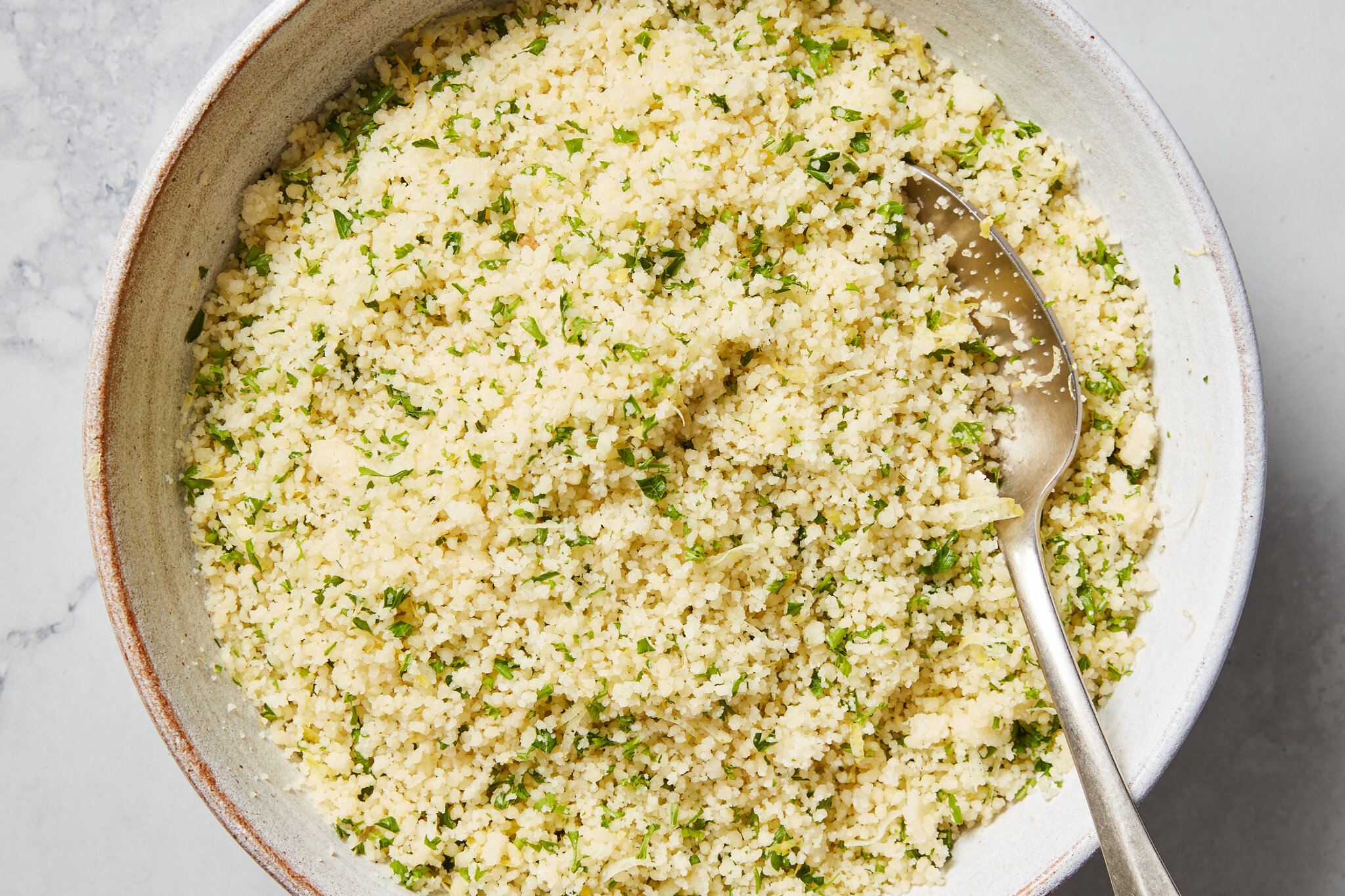
Couscous is a versatile grain made from semolina wheat.
It offers a light and fluffy texture.
While it’s much smaller and less chewy than farro, couscous is quick to cook and works well in salads and side dishes.
It easily absorbs flavors from dressings and broths, making it a flexible substitute.
- Flavor: Mild and slightly nutty.
- Best Uses: Salads, side dishes, and grain bowls.
- Why It’s a Good Substitute: Couscous’s quick cooking time and ability to absorb flavors make it a convenient replacement in dishes where farro is used.
7. Millet
Millet is a gluten-free grain with a mild, slightly sweet flavor.
When cooked, it offers a soft, fluffy texture, making it a lighter alternative to farro.
It is rich in essential nutrients and can be used in both sweet and savory dishes, from porridge to pilaf.
- Flavor: Mild and slightly sweet.
- Best Uses: Porridge, side dishes, and pilafs.
- Why It’s a Good Substitute: Its soft texture and mild flavor make it an adaptable alternative, especially in dishes with a desired lighter grain.
8. Buckwheat
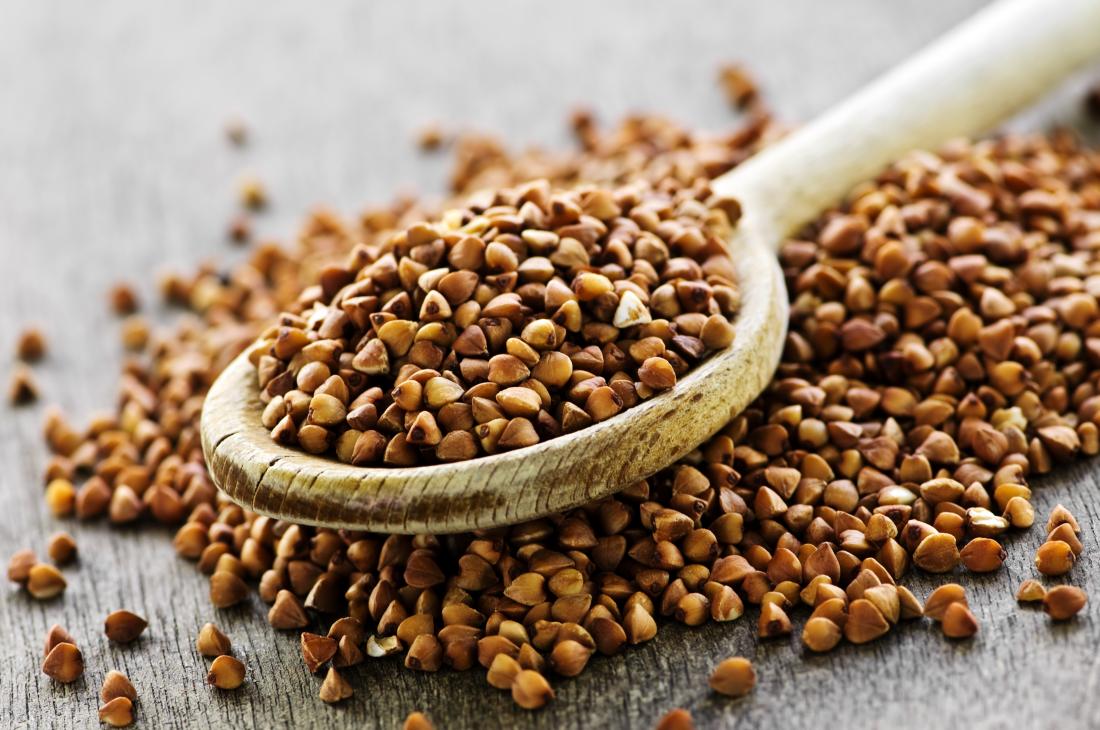
Buckwheat is a gluten-free seed that behaves much like a grain.
With a slightly earthy flavor and a firm texture, it’s a great substitute for farro in dishes like soups, salads, and stews.
Buckwheat is also highly nutritious and rich in fiber and antioxidants.
- Flavor: Earthy and slightly nutty.
- Best Uses: Salads, soups, and grain bowls.
- Why It’s a Good Substitute: Its hearty texture and nutritional benefits make it a solid alternative to Farro, especially for gluten-free diets.
9. Kamut
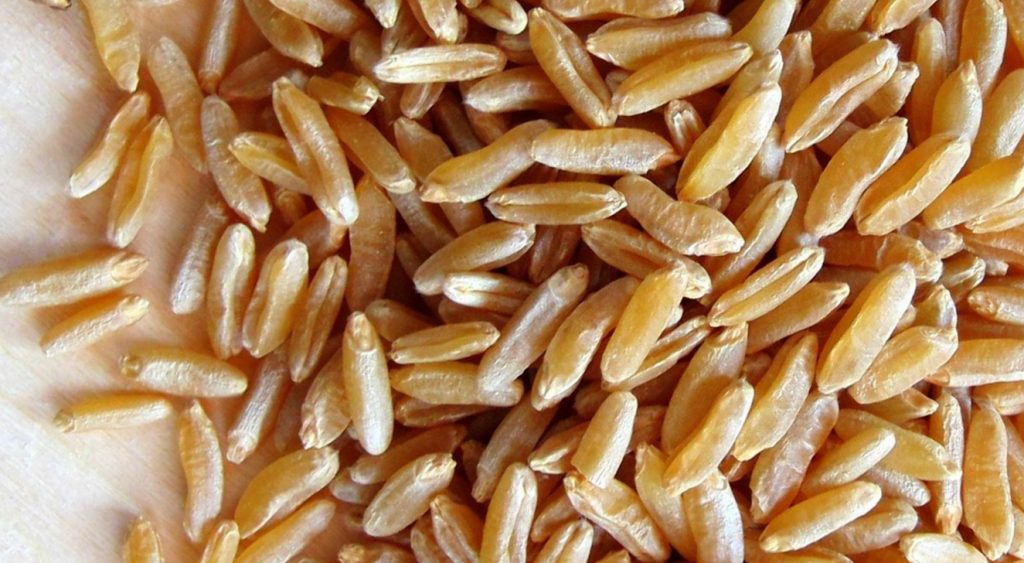
Kamut, also known as Khorasan wheat, is an ancient grain with a chewy texture and a rich, nutty flavor similar to farro.
It’s packed with protein and fiber, making it a nutritious and hearty substitute in recipes that call for farro.
- Flavor: Rich, nutty, and slightly sweet.
- Best Uses: Soups, salads, and grain bowls.
- Why It’s a Good Substitute: Its chewy texture and robust flavor closely mimic farro, making it a strong replacement in most dishes.
10. Oats
Oats are a familiar grain with a softer texture and a mild, sweet flavor.
While they don’t have the same chewiness as farro, oats can be used in baked dishes, porridges, or grain bowls as a replacement.
Rolled oats and steel-cut oats work best depending on the texture required.
- Flavor: Mild and slightly sweet.
- Best Uses: Porridge, grain bowls, baked dishes.
- Why It’s a Good Substitute: Oats are a versatile and nutritious alternative, particularly in softer dishes like porridge or grain-based desserts.
11. Wheat Berries

Wheat Berries are whole, unprocessed kernels of wheat.
They offer a similar chewy texture to farro and a slightly nutty flavor.
They work well in hearty dishes like soups, salads, and grain bowls.
Wheat berries are high in fiber and protein, making them a healthy and satisfying substitute.
- Flavor: Nutty and slightly sweet.
- Best Uses: Salads, soups, grain bowls.
- Why It’s a Good Substitute: Their chewy texture and nutty flavor make them a near-identical replacement for farro.
12. Teff
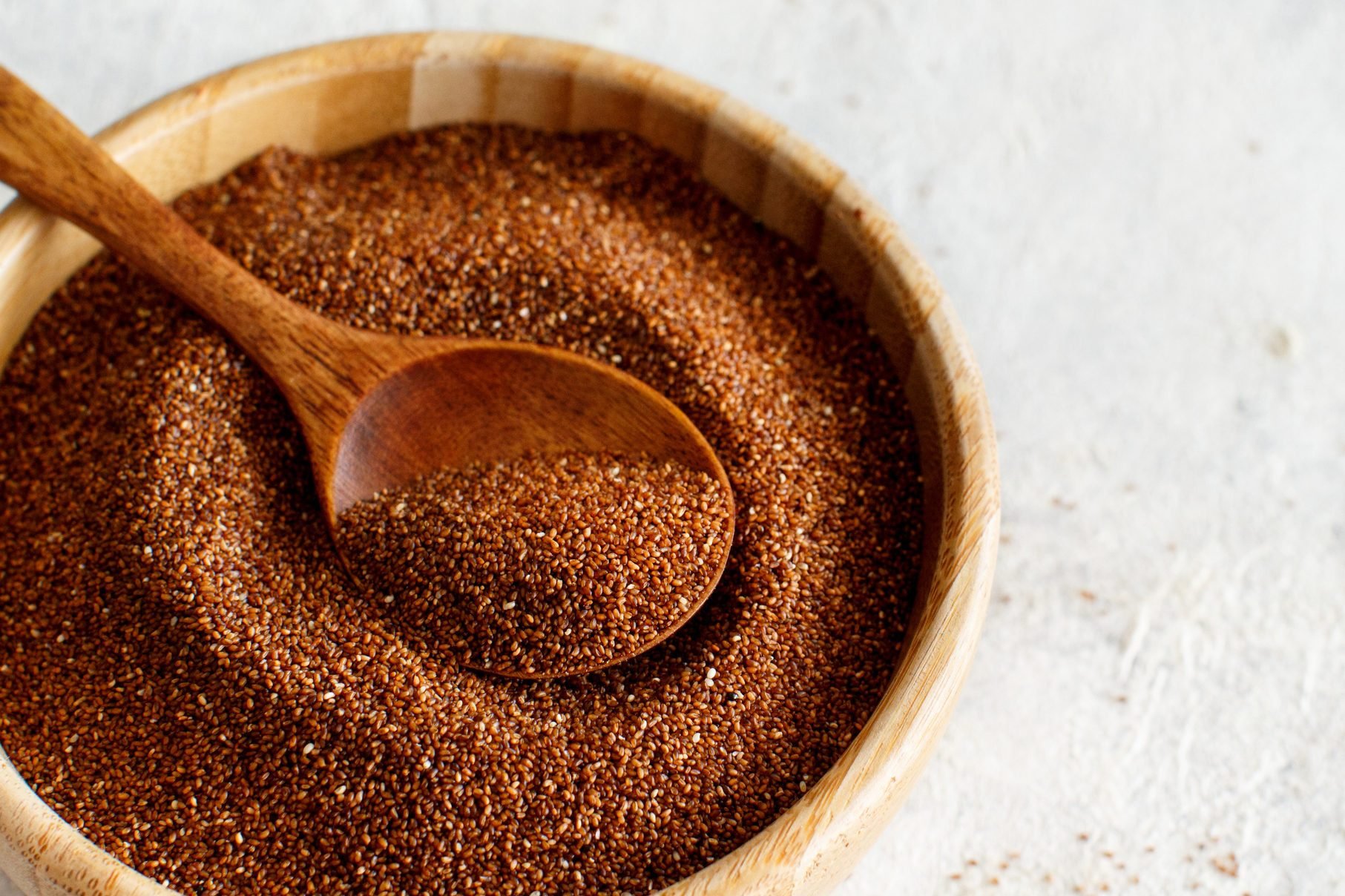
Teff is a tiny gluten-free grain that hails from Ethiopia.
It has a mild, earthy flavor and can be used in sweet and savory dishes.
While teff is softer and finer than farro, it’s packed with nutrients and is ideal for those seeking a gluten-free option.
- Flavor: Mild and earthy.
- Best Uses: Porridge, grain bowls, baked goods.
- Why It’s a Good Substitute: Teff’s nutritional profile and versatility make it a great choice for those seeking a gluten-free farro substitute.
13. Amaranth
Amaranth is another ancient grain known for its high protein content and mild flavor.
When cooked, it has a slightly sticky texture, which differs from farro’s chewiness, but it can still serve as a good substitute in soups, stews, or porridges.
- Flavor: Mild and slightly nutty.
- Best Uses: Soups, stews, porridges.
- Why It’s a Good Substitute: Its high protein content and versatility make it an excellent alternative for nutrient-rich dishes.
14. Freekeh
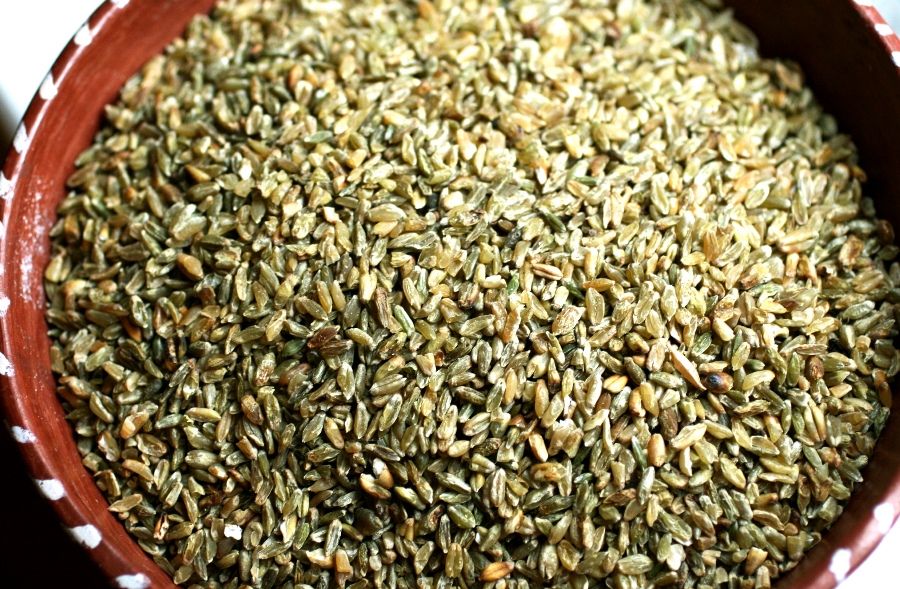
Freekeh is roasted green wheat with a chewy texture similar to farro and a distinct smoky flavor.
It’s commonly used in Middle Eastern and Mediterranean dishes and can be swapped in for farro in salads, grain bowls, and stews.
- Flavor: Smoky and nutty.
- Best Uses: Salads, stews, grain bowls.
- Why It’s a Good Substitute: Its chewy texture and unique smoky flavor add depth to dishes that call for farro.
15. Rye Berries
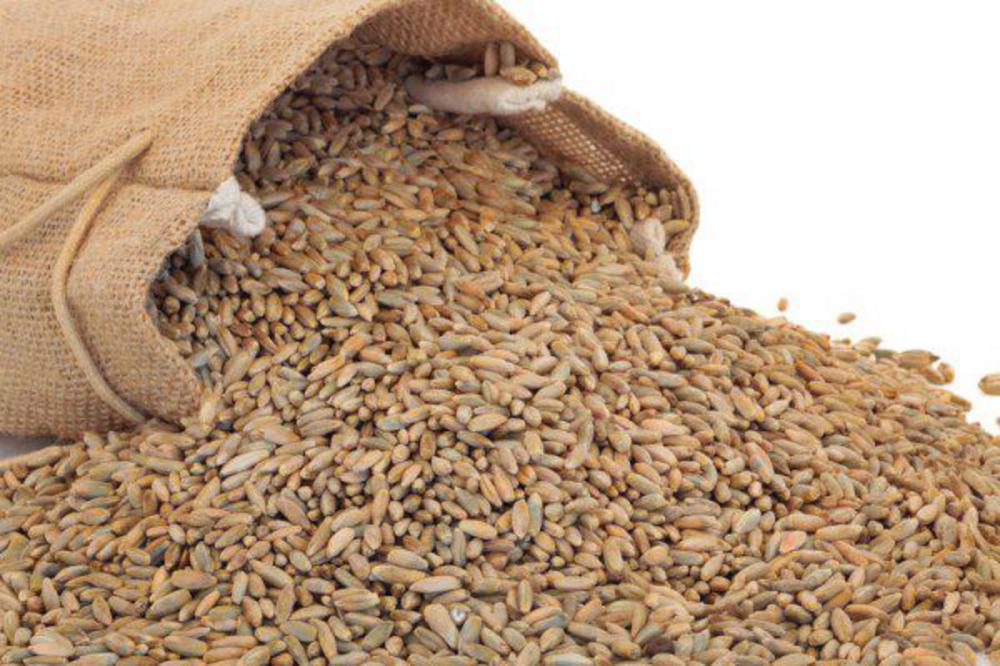
Rye Berries are the whole grain form of rye, offering a chewy texture and slightly earthy flavor.
They can be used as a substitute for farro in grain bowls, salads, and soups.
Rye berries are rich in nutrients and add a hearty element to any dish.
- Flavor: Earthy and slightly nutty.
- Best Uses: Soups, salads, grain bowls.
- Why It’s a Good Substitute: Their chewy texture and hearty flavor closely resemble farro, making them a suitable replacement in many recipes.
How to Choose the Right Substitute for Farro
Selecting the perfect substitute for farro depends on the dish you’re preparing and your dietary preferences.
Whether you’re looking for a gluten-free option or a grain with a similar texture, plenty of alternatives are available.
1. Gluten-Free Alternatives for Farro
For those who need to avoid gluten, these grains make excellent substitutes:
- Quinoa: A protein-packed grain that’s gluten-free and versatile, perfect for salads and grain bowls.
- Millet: Light and fluffy, it works well in porridges or as a side dish.
- Teff: A nutrient-dense grain that adds a subtle earthy flavor to any dish.
2. Hearty Grains with a Similar Texture
If you’re after a chewy, hearty grain like farro, these options provide the perfect texture:
- Barley: Offers a similar chewiness and nutty flavor, great for soups and stews.
- Wheat Berries: Their chewy texture makes them almost identical to farro, ideal for salads and grain bowls.
- Freekeh: A roasted green wheat with a smoky flavor and chewy texture, perfect for Mediterranean dishes.
3. Quick-Cooking Alternatives for Busy Cooks
When you’re short on time, consider these quick-cooking grains:
- Couscous: Light, fluffy, and ready in minutes, making it a great choice for quick salads.
- Bulgur Wheat: It cooks quickly and holds its shape well, making it ideal for pilafs and tabbouleh.
Conclusion
Whether you’re seeking a gluten-free alternative or want to try a new grain, these 15 substitutes for farro offer a wide range of flavors and textures.
From the chewy and nutty Barley to the protein-packed Quinoa, each substitute brings something unique to the table.
By exploring these options, you can enjoy a variety of grains while maintaining the health benefits and deliciousness that Farro typically provides in your dishes.

